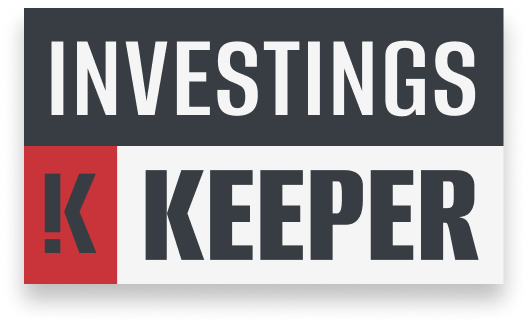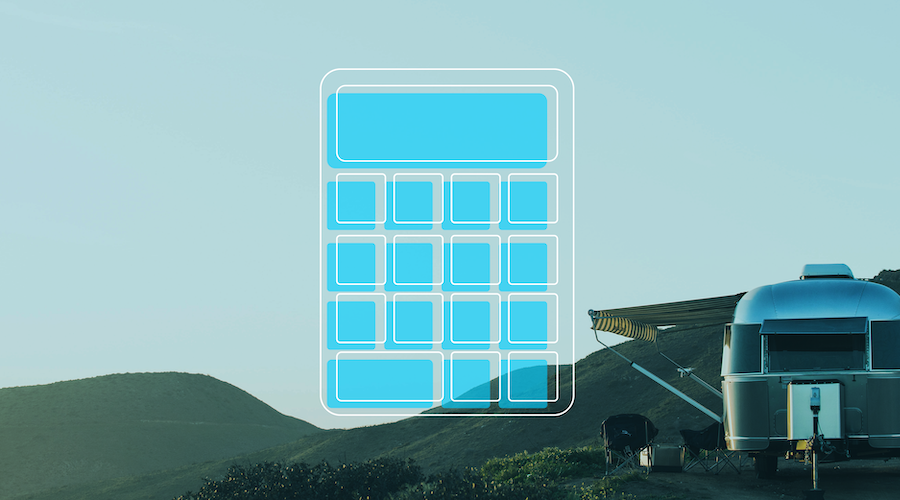While it remains to be seen if the Supreme Court will allow President Biden’s student loan forgiveness plan to move forward, borrowers may still experience relief under changes to how discretionary income is calculated.
First announced in late August, the White House program would cancel up to $10,000 in student debt ($20,000 for those that received a Pell grant) for individuals making under $125,000 per year or households making less than $250,000. Another key part of the program lowers income-based student loan payments from 10% to 5% of discretionary income, which is calculated as your adjusted gross income minus 1.5 times the federal poverty level.
While the cancellation of student debt under the program is currently blocked, the new formula for income-based payments has not been the target of the current lawsuits, and may be able to go into practice even if debt forgiveness does not move forward.
For example, if you had an adjusted gross income of $80,000 in January of 2020, before the pandemic began, your student loan payment on an income-based plan would previously have been $507 for a household of one. Under the new student loan forgiveness program, it could now be as low as $249.
Calculate Your Student Loan Payment Under the Forgiveness Plan
President Biden recently extended the student loan payment pause through June 2023, but payments could resume sooner if the Supreme Court rules in favor of the student loan forgiveness program. If you expect you would still have a payment even if a portion of your debt is canceled, the calculator below can help you estimate what your payment would be (it’s important to confirm with your student loan servicer).
How to make the most of student loan forgiveness
Whether your student loan balance would be completely eliminated or your payment is reduced under the plan, chances are you could have a bit more room in your monthly budget. If you want to see exactly where your money is going, the Personal Capital free dashboard can offer you a 360 degree view of your finances, including your student loan balance.
If you have flexibility in your budget and are curious about ways you could make the most of a sudden extra cash flow, Personal Capital advisor Daniel Kuhl offers these strategies.
If you’re able, continue making the higher student loan payment
This may seem counterintuitive (after all, what’s the point of having a lower payment if you’re going to pay the same amount?), but anything you pay above the minimum payment will go toward the loan’s principal, helping you to pay the loan off faster. Since you were already paying a higher amount anyways, you likely won’t notice a difference in your budget.
It’s also important to note that depending on the loan balance and interest rate, making the minimum payments may not be the best strategy for paying down your balance. If your minimum payment doesn’t cover the loan interest for that period, you may end up paying interest on interest. It’s one more reason to consider paying an additional amount each month.
Consider putting the money into an investment account
If there is no balance left on the loan, you could put the money that was going toward a payment into an investment account. Depending on your age and financial goals, you have several options to consider. For example, you could open an Individual Retirement Account (IRA). Money deposited into a Roth IRA is taxed at the time of deposit, but not when you take withdrawals. If you open a traditional IRA, you don’t pay taxes until you begin taking money out in retirement.
If you’re looking for more flexibility with when and how you’re able to use your money, a brokerage account where you can buy into stocks, bonds, mutual funds or exchange-traded funds (ETFs) might make more sense as you can withdraw money whenever you like with no penalties.
Save for a goal or emergency in a high-yield cash accountInvesting in the market can be a key part of a long-term financial strategy, but it can also be important to keep cash on hand that you can access in an emergency or for shorter term goals, such as a vacation or a wedding. Many people choose to store this money in a traditional savings account at their bank in order to take advantage of compound interest, but most basic accounts only offer an interest rate of .01%. As a comparison, high-yield cash accounts typically have a higher return – many currently offer interest of more than 2%.High-yield cash accounts such as Personal Capital Cash are liquid, FDIC insured, and come with no fees or minimums.1 They can be a great place to start building a savings with money you were previously spending on student loans.
Open a 529 plan to save for your child’s education
For those looking ahead to save for their child’s education, they may consider opening a 529 plan. These plans offer multiple tax benefits and may even help you ward off inflation by purchasing college credits at today’s tuition rates, instead of what tuition might cost 18 years from now. Some types of 529 plans allow you to count other items, such as laptops, supplies for classes and more as “qualified” tuition expenses that are paid for using the fund.However, it can also be a problem if someone saves too much in a 529 plan and eventually has to get the money out for something other than a qualified education expense. This can come with taxes and penalties.
The status of the student loan forgiveness program is continuously changing. While the information in this blog post is accurate as of November 28, for the most current details visit the U.S. Department of Education’s website.
The content contained in this blog post is intended for general informational purposes only and is not meant to constitute legal, tax, accounting or investment advice. You should consult a qualified legal or tax professional regarding your specific situation. Keep in mind that investing involves risk. The value of your investment will fluctuate over time and you may gain or lose money.
Any reference to the advisory services refers to Personal Capital Advisors Corporation, a subsidiary of Personal Capital. Personal Capital Advisors Corporation is an investment adviser registered with the Securities and Exchange Commission (SEC). Registration does not imply a certain level of skill or training nor does it imply endorsement by the SEC.
Personal Capital Cash is offered through Personal Capital Services Corporation (Personal Capital), which is not a bank. To participate in the program, you must open an account at UMB Bank, n.a., Member FDIC, through which your funds will be placed in accounts at participating program banks. The advertised interest rates are paid by participating program banks, not by UMB. Your funds will be FDIC insured up to applicable limits while in transit through UMB Bank. Personal Capital receives a fee from each Program Bank in connection with the Program that is based on the aggregate daily closing balance of deposits held in Program Accounts by such Program Bank. The fee may vary from Program Bank to Program Bank and will generally increase as the aggregate amount of funds held in Program Accounts with the Program Bank increases.
1 – FDIC insurance up to $250,000 (including principal & interest) per depositor per program bank. The cash balance you place through the program is swept to one or more program banks where it earns a variable rate of interest and is eligible for FDIC insurance. If the number of program banks changes, the aggregate amount of available FDIC insurance could be higher or lower. If you have deposits at a program bank, you should consider electing not to use that bank by following the opt out instructions we provide. If you do so, the aggregate amount of FDIC insurance available to you will be lower. If you do not do so, your existing deposits and deposits through Personal Capital Cash at that program bank will be combined for the purposes of FDIC coverage, which could result in some of your funds at that program bank being uninsured.
For more information on FDIC insurance coverage, please visit www.FDIC.gov. Customers are responsible for monitoring their total assets at each of the program banks to determine the extent of available FDIC insurance coverage in accordance with FDIC rules. Funds you place through Personal Capital Cash are not covered by SIPC.



